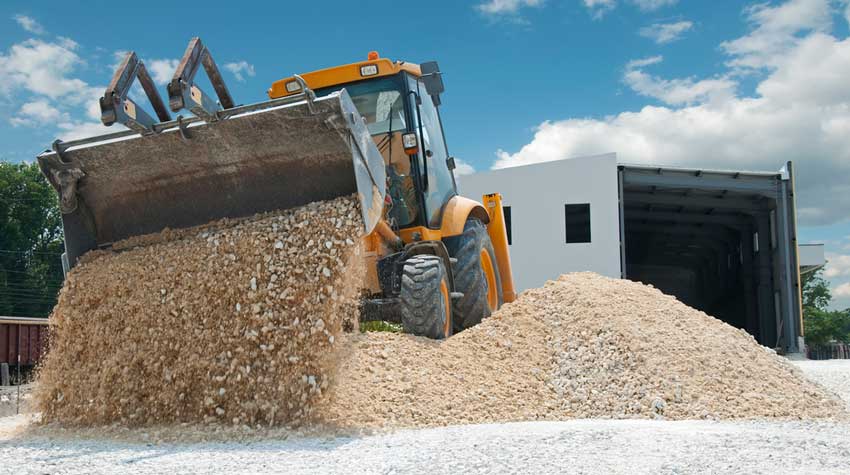
Installing a gravel driveway is a reasonably simple way to change or spruce up the look of your home and yard, or if you’re more of the function-over-form type, it’s just a good way to get your vehicles in and out of your property.
Doing it properly is more than simply having the gravel dumped in your yard, however. Here are some thoughts on how to have it installed so it will be safe, look good and stay built to last:
What material do you want
There are, believe it or not, many different types of gravel, some of which would be completely unusable for a driveway and others that might be simply a matter of taste for how you want your driveway to look and function.
The base layer of many driveways is crushed stone (and yes, there are multiple types of that as well). They are known for promoting drainage, which is important to extend the life of your driveway and limit damage later on.
Surface gravels vary widely due primarily to aesthetics, from crushed stone to crushed marble (a high-end but beautiful selection), blackstar rock or pea gravel, to name a few. This will depend primarily on what you want your driveway to look like, depending on your own taste and budget.
Start with excavation
Little’s Excavation is, we believe, the best option around for making sure the base of any structure, including your driveway, is properly executed.
In this case, we will make sure roots, large stones, and other buried fragments are removed, to provide the proper foundation.
Have the driveway graded
This is one reason why just dumping the gravel on top of the earth is not a good idea – if it’s completely flat, then rainwater and melted snow and ice have nowhere to go and will pool and cause problems. Adding a slight grade away from your structures will keep water from flooding toward your home or garage.
Use a layer of landscaping fabric
This will help prevent weeds and the like from growing up through your gravel, which can both make your driveway unsightly and cause it to unsafely shift.
Make sure the gravel stays in place
Tamping, rolling or compacting after each layer is laid is important to keep the gravel where you placed it. This also lessens the effects of settling and means less maintenance down the road.
Provide a little TLC
The driveway will, however, need some work over time. Gravel will be displaced due to being driven on, and debris from your yard or from storms will occasionally end up in your driveway. Removing that regularly and filling in holes or gaps with fresh gravel will help you maintain the driveway.
Little’s Excavation will be happy to assist or advise you along every step of the way, and to provide our expertise in safely and correctly supplying the base for your structure.
